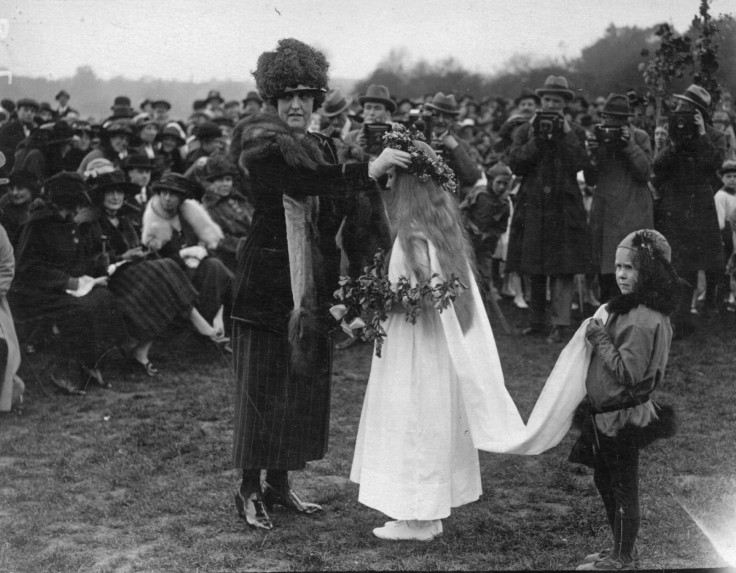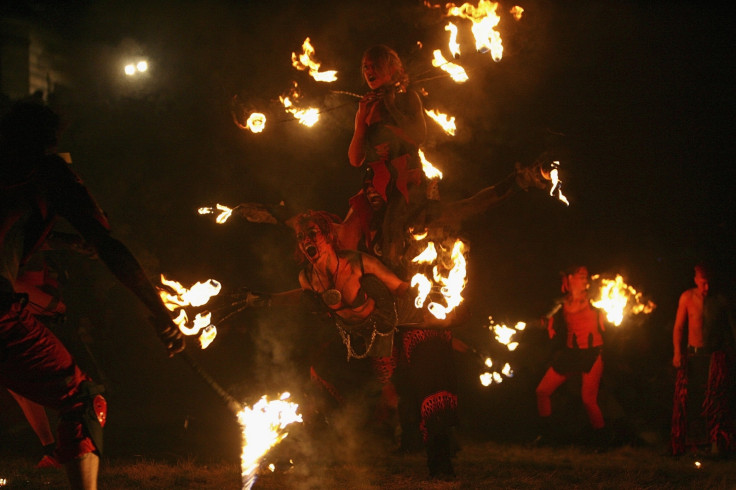May Day 2015: History and traditions of the ancient spring festival

People around the UK are counting down the days until the first May Bank Holiday, when workers across England, Wales, Scotland and Northern Ireland will have a day off thanks to the traditional May Day festival. Ahead of the long weekend, we take a look at the history of the day, from its ancient origins to traditional celebrations.
The earliest recorded May Day celebrations took place in pre-Christian times with the Floralia, a festival which honoured the Roman goddess of flowers, Flora. In many European pagan cultures, May Day was a traditional holiday to celebrate the coming of the first day of summer on 1 May. The day is most associated with villages and towns celebrating fertility of the soil, livestock and people – and with village fairs and community gatherings.
As Christianity took over Europe, the religious element of the pagan holidays was replaced with secular celebrations. Some Roman Catholic organisations celebrate the Virgin Mary on May 1, with a 'May crowning' of the Blessed Virgin. In 1978, the Labour government in the UK introduced the May Day Bank Holiday to the national calendar.

Beltane
For the druids of the British Isles, 1 May was important because it coincided with the festival of Beltane, the Gaelic May Day festival which marked a halfway point between the spring equinox and the summer solstice. It was customary to start bonfires, thought to lend life to the spring and summer sun.
Smoke and ashes were believed to have protective powers, while people and cattle would walk around the fire or leap over the flames for good luck. May Day brought together both customs from the Floralia and Beltane festivals.
Maypoles
By the Middle Ages, maypoles were popular in England, as well as areas of Wales, Scotland and Ireland. Deep-rooted in Germanic pagan tradition, maypoles were traditionally made from birch and brought together communities, but also caused inter-village rivalry.
During the rise of Protestantism in the 16<sup>th century, maypoles were increasingly disapproved of by some who saw them as immoral. Under the reign of Edward VI in England and Wales, Protestant Aglicanism was declared by state religion and under the Reformation, many maypoles – such as the famous Cornhill maypole of London – were destroyed.
When Mary I ascended the throne after Edward's death, she reinstated Roman Catholicism as the state faith and the practice of maypoles was reinstated.

International Workers' Day
In the late 19<sup>th century, May Day was selected as the date for International Workers' Day as a celebration of the labourers and working classes that is promoted by the international labour movements, socialists, anarchists.
The date was chosen by the Second International – the original Socialist International, an organisation of socialist and labour parties formed in Paris in 1889. It was to commemorate the Haymarket affair, the aftermath of a bombing that took place at a labour demonstration on 4 may 1886 at Haymarket Square in Chicago.
Although May Day is traditionally a European spring celebration, it is marked by some countries as Labour Day or International Workers' Day.
© Copyright IBTimes 2025. All rights reserved.



















